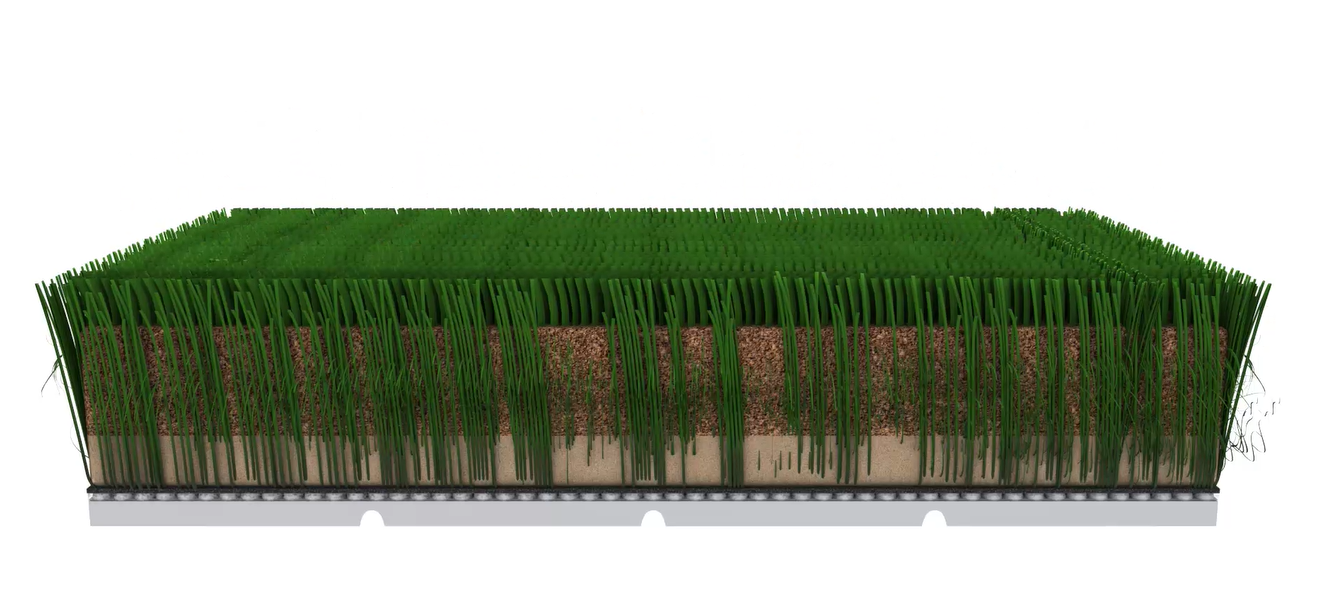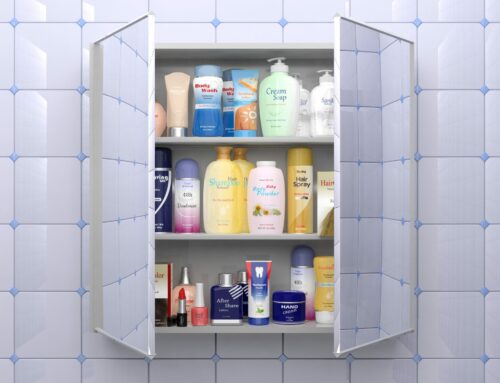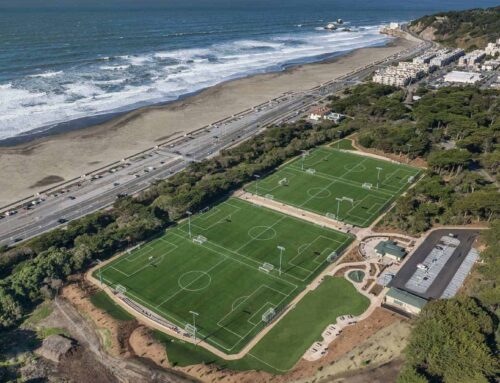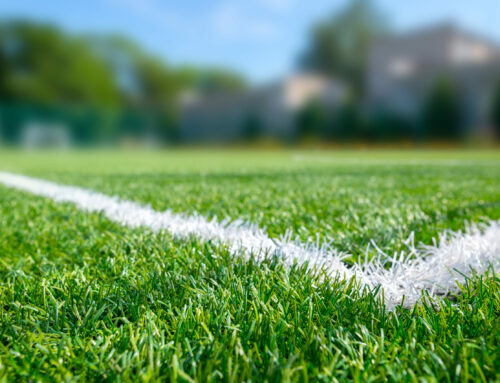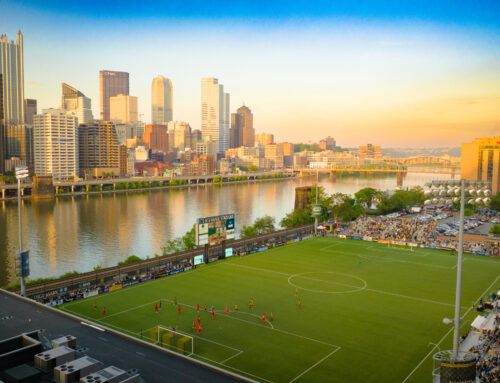Artificial turf has undergone significant transformations since its inception in the mid-20th century. Originally developed to overcome the limitations of natural grass, synthetic turf has evolved through various generations, each marked by technological advancements aimed at improving safety, performance, and environmental sustainability. Here’s an overview of the three distinct generations of artificial turf.
First Generation: The Birth of Artificial Turf
The journey of artificial turf began in the 1960s with the introduction of what was initially called “Chemgrass” but later became famously known as AstroTurf after its installation in the Houston Astrodome in 1966. This first-generation turf was primarily made from nylon fibers, which were short, dense, and lacked infill. It offered a solution to the challenges posed by natural grass, particularly in indoor stadiums, but it was criticized for its hardness and the higher risk of injuries associated with its use.
Second Generation: Introduction of Sand Infill
In the 1970s and 1980s, the second generation of artificial turf was developed, featuring longer fibers and the introduction of sand infill. The sand helped to keep the fibers upright and provided better cushioning than the first-generation turf. However, while this generation improved on its appearance and feel, it still fell short in terms of comfort and shock absorption compared to natural grass.
Third Generation: Advancements in Comfort and Safety – The Modern Era
The late 1990s marked the emergence of the third generation of artificial turf, which is currently the most commonly used type across sports fields globally. This generation introduced even longer fibers and a combination of sand and rubber granules as infill. The rubber provided much-needed shock absorbency and a softer surface, enhancing the safety and replicating the playing characteristics of natural turf more closely. This generation also allowed for more specialized customization of turf properties, including infill composition and modern shock pad use.
Modern Shock Pads:
Introducing modern shock pads to artificial turf systems marked a pivotal advancement in synthetic sports surface technology. While prefabricated foam “shock pads” did exist as early as the 1970s, the materials used at the time to make these pads, combined with the early generation turf style, left plenty to be desired. The modern style of shock pads emerged prominently in the early 2000s; these pads were designed to address the significant concerns regarding player safety that were associated with earlier generations of artificial turf. By incorporating shock-absorbing layers beneath the turf, these systems greatly enhance the surface’s ability to absorb impacts, thereby reducing the risk of injuries such as concussions, sprains, and fractures. The benefits extend beyond safety; shock pads improve the biomechanical performance of the turf, making it feel more like natural grass. This enhancement not only contributes to the players’ comfort but also supports better athletic performance by providing a more reliable and consistent playing surface. Furthermore, these pads contribute to the longevity of the turf by promoting better drainage and reducing wear and tear on the fibers and backing, making them an essential component in modern synthetic sports fields.
Infill Composition:
The integration of organic infills into artificial turf systems represents a significant stride towards eco-friendly and sustainable sports surfaces. Introduced in the mid to late 2010s, organic infills such as cork, coconut husk, and wood chips began replacing traditional rubber granules. These natural materials offer several key benefits, including lower heat retention compared to synthetic alternatives, which contribute to a cooler playing surface. Additionally, organic infills are more environmentally friendly, as they are biodegradable and non-toxic, reducing the ecological footprint of artificial turf fields. They also provide a firmer, more natural feel underfoot, which can enhance player comfort and potentially reduce injury risks. Moreover, these infills do not contribute to microplastic pollution, addressing one of the significant environmental concerns associated with synthetic infills. The adoption of organic infills is a testament to the industry’s commitment to improving the safety, performance, and sustainability of artificial turf systems.
Looking Ahead: The Future of Artificial Turf
The evolution of artificial turf is an ongoing process as manufacturers and researchers work to refine the technology and address its existing challenges. Innovations continue to emerge, including the adoption of organic and eco-friendly infills, the development of systems optimized for drainage and longevity, and the introduction of improved fiber technologies. Among these, hybrid turf systems represent a notable advancement. These systems integrate natural grass with synthetic fibers, leveraging the strengths of both to enhance the durability and playability of sports fields. However, it’s important to note that these hybrid systems require similar maintenance and watering as completely natural surfaces, often making them suitable primarily for high-end venues and events. This runs counter to some of the primary benefits offered by artificial turf: significant reductions in water use and maintenance. For the 2026 World Cup in the United States, every pitch will utilize a hybrid turf system, a decision that highlights FIFA’s confidence in this technology’s ability to provide uniform, high-quality playing fields across diverse environments. This move ensures that all venues, despite the increased care requirements, offer nearly identical playability and field conditions.
The advancements in artificial turf over the decades reflect a continual effort to provide safer, more effective, and more sustainable playing surfaces. As the technology progresses, the focus remains on enhancing the experience and safety of athletes, ensuring that artificial turf remains a viable alternative to natural grass in sporting and recreational landscapes worldwide.

